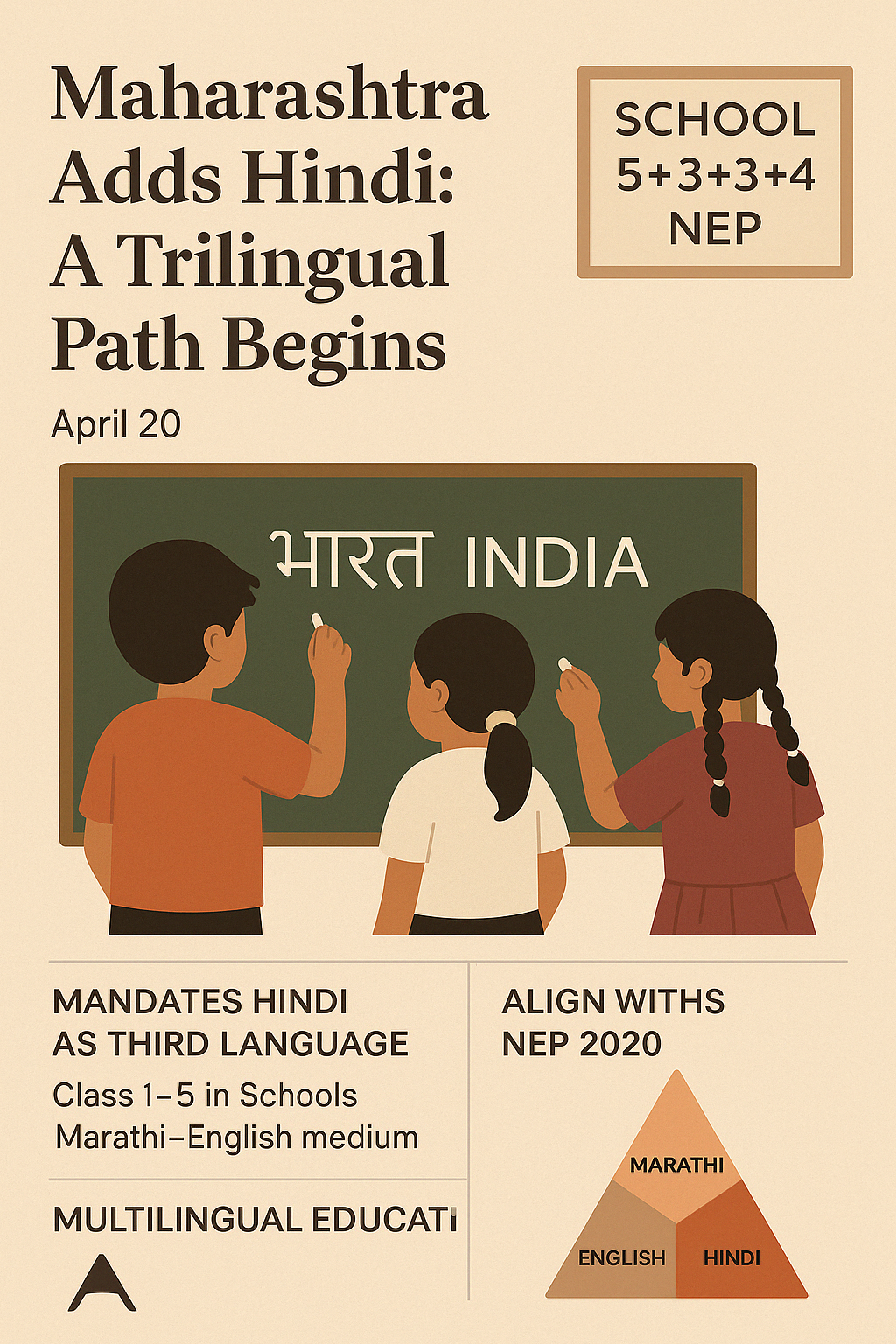
002-Apr 15, 2025
Type 5 Diabetes: The Forgotten Illness Finds Its Name
Malnourishment, misdiagnosis, and medical awakening in the shadows of inequality.

🪔 Opening Whisper
“Sometimes, the most silent cries are heard not in clinics, but in the shadows of hunger.”
🧭 Compass: Where Are We Standing?
- 📍 What? Type 5 Diabetes has been officially acknowledged by the International Diabetes Federation (IDF).
- 🌐 Where? World Diabetes Congress, Bangkok, 2025.
- 📌 Why? To identify, treat, and bring dignity to the millions living with a neglected disease.
🌿 The Core Highlights
🔹 What Is Type 5 Diabetes?
- A malnutrition-related form of diabetes, previously undocumented in medical frameworks.
- Affects lean and undernourished teenagers and young adults—mostly in low- and middle-income countries.
- Estimated 20–25 million people worldwide suffer from this form.
- Unlike Type 1 or Type 2, it stems from a severe insulin secretion defect.
🔹 Historical Journey
- First observed in Jamaica (1955), later reported in India, Pakistan, and Sub-Saharan Africa.
- Briefly recognised by the WHO in 1985, delisted in 1999 due to inadequate research follow-up.
🔹 Scientific and Clinical Recognition
- New evidence proves that insulin treatment may harm Type 5 patients.
- This has sparked a rethinking of diagnosis and treatment in malnourished populations.
🧠 Concept Explainer
⚖️ How It Differs from Other Types of Diabetes
| Criteria | Type 1 | Type 2 | Type 5 (Newly Recognised) |
|---|---|---|---|
| Onset | Juvenile | Adult | Adolescents, young adults |
| Body Type | Lean or normal | Overweight | Lean and malnourished |
| Primary Cause | Autoimmune | Insulin resistance | Insulin secretion failure |
| Treatment | Insulin | Lifestyle + Oral meds | Under review – insulin may be harmful |
| Prevalence | Global | Global | Asia, Africa, under-resourced countries |
🏥 What’s Being Done?
- The International Diabetes Federation (IDF) has created a working group to:
- Draft formal diagnostic and treatment guidelines (within 2 years).
- Set up a global patient registry.
- Launch training modules for healthcare providers.
🧩 Challenges in Diagnosis and Policy
- Underdiagnosed due to lack of classification and awareness.
- Often misclassified as Type 1, leading to ineffective or harmful treatment.
- As common as HIV/AIDS, but without its global visibility or urgency.
📊 GS Paper Mapping
- GS II: Health and Welfare Schemes | Vulnerable Sections
- GS III: Science and Tech | Biotechnology | Medical Research
- Essay Paper: Health as Human Dignity | Social Justice in Science
🔥 A Thought Spark — by IAS Monk
“For decades, millions lived with a nameless illness — invisible to systems, doctors, and data.
When we name the pain, we open a doorway to healing.”
🍃 Closing Whisper
Recognition is not merely academic—it is redemption, when science finally turns to face the forgotten.


















